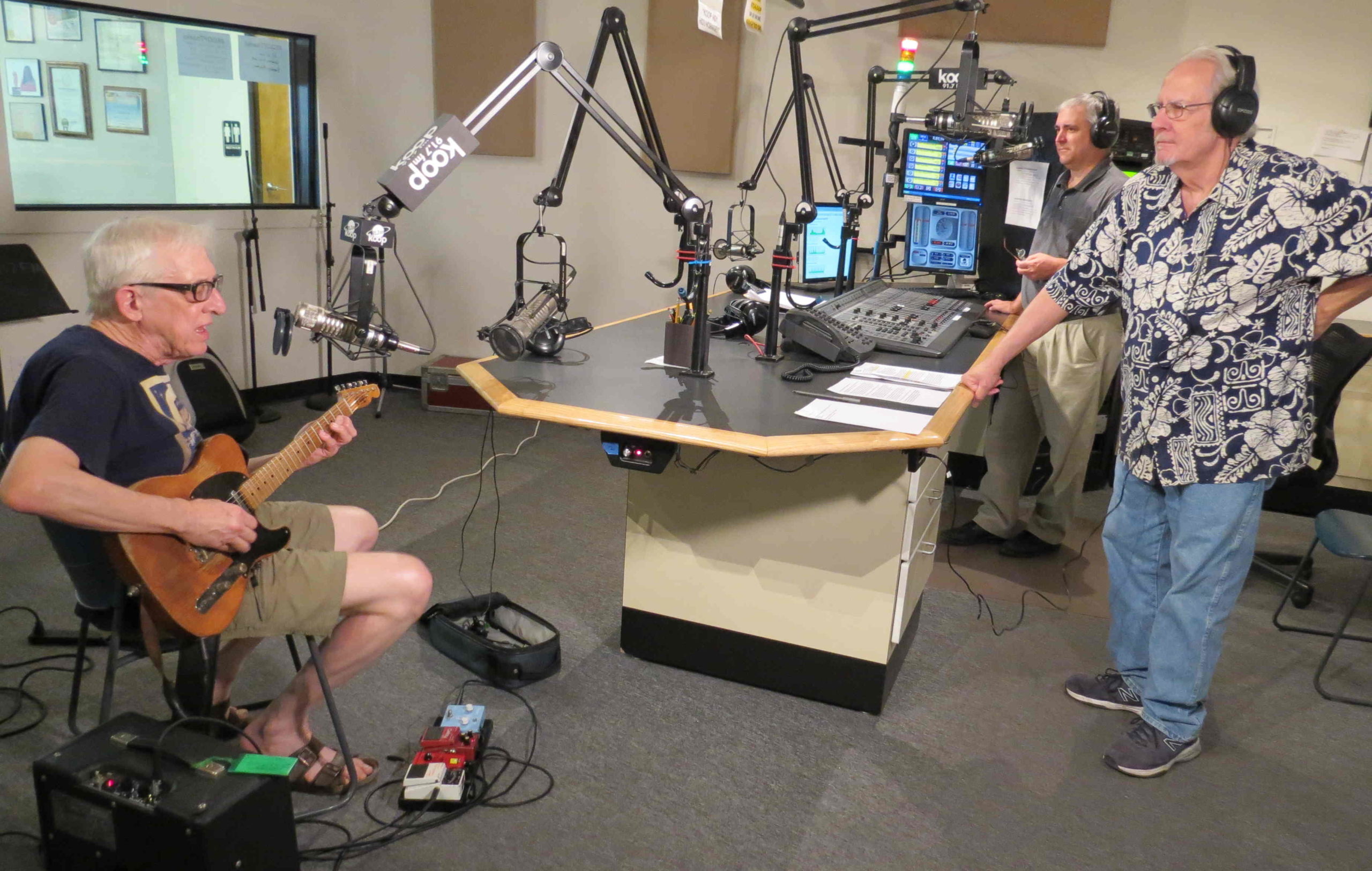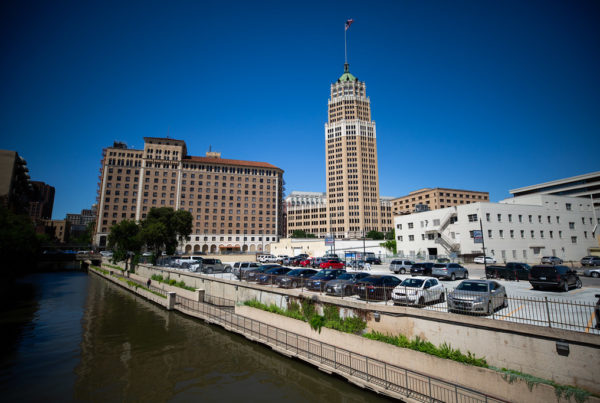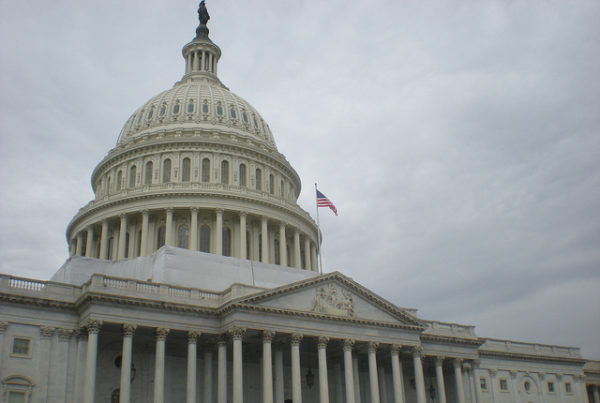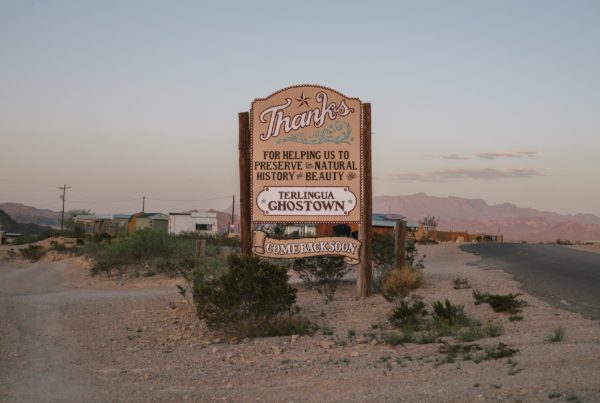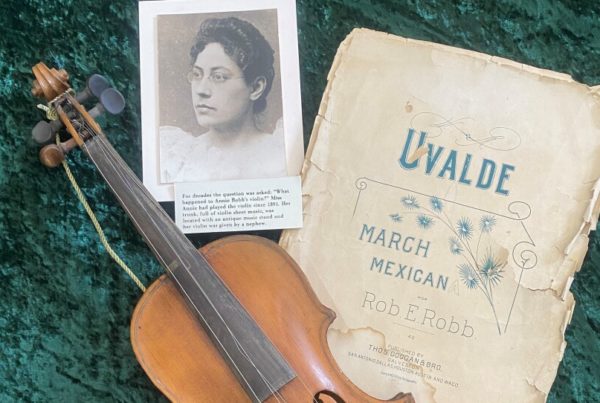Amid the turmoil of the 1960s, young people and progressive activists in Texas turned to journalism to shine a light on injustice and to spread progressive – sometimes radical – messages to readers.
The Rag in Austin and Space City in Houston were two underground newspapers created as alternatives to the mainstream press of the day. Since 2009, journalist Thorne Dreyer has kept the spirit of the underground newspapers alive on his Austin-based show, “The Rag Radio Hour.” And now, 22 of his interviews with activists, politicians and journalists from the Rag era and beyond have been collected into a new book, “Making Waves: The Rag Radio Interviews.” Listen to the interview above or read the transcript below.
This transcript has been edited lightly for clarity:
Texas Standard: Tell us about the underground newspapers in Texas. You helped create both the Rag and Space City. What were you and your colleagues trying to accomplish?
Thorne Dreyer: It wasn’t just for like-minded people – we were also into reaching the people who didn’t maybe have an opinion yet or just didn’t know the news. The underground press was a very, very important phenomenon in the 60s and 70s. There were originally just a few, and there ended up being close to 1,000 underground newspapers in the country. They covered stuff that nobody else was covering – civil rights, the Vietnam War – either nobody else was covering or were covering from a sort of establishment perspective.
When we started the Rag in 1966, it was the sixth underground newspaper, and it was really one of the most important. It was one of the most influential in the country. And Space City was kind of a step forward. We did a lot of power structure, research and investigative journalism and stuff in Space City. But they were both very influential.
Was there something unique about Texas or Austin specifically that provided fertile ground for an underground newspaper?
Yeah, absolutely. The Rag, for instance, was unlike anything else that was published. Of course, the Austin community was so unique; Texas was so unique. There was a lot of that good old Texas humor, a lot of art and not as much heavy politics. I mean, we had politics and we did political analysis, substantial political analysis, but we also had a lot of humor.
Now, you talked about the mission – but can we measure the impact? Were you able to create change?
Yes, I think we were. One of the things about the Rag was that Austin had this real big community of a counterculture community, and they had a major sort of left political community, but they were somewhat separated. And one of the things that the Rag did was pull them all together and help make them into a real political force.
Space City, on the other hand – Houston was a very different kind of place from Austin. You still have kind of pockets of progressive thinking around the city. And it had the Montrose, which was a center for a lot of activity. But Space City had to kind of pull all these various communities and and segments of the population together. And so it was different in a lot of ways, but it was also still in the same spirit.
Your new book collects interviews from your radio show. Looking back on these Rag years, you’ve spoken with journalists including Dan Rather and Texas Observer founding editor Ronnie Dugger, among others. As a journalist yourself, what do you take away from those conversations?
Oh, just a whole lot. Our interview with Dan Rather was just wonderful. One of the things that we’ve always tried to do, that we tried to do with Rag radio interviews, is to be light-hearted sometimes, to have a little humor and to be very personal. And Dan Rather was great. He was with his daughter, Robin Rather, who’s an environmental activist. And it was the first time they had ever done an interview together. And it was fun because we talked about everything from when Dan used to call the action on Houston, Buffalo Minor League baseball games to his work with the hurricane when he actually went to CBS.
And then we talked about the environment a lot, too, with the two of them and whether Austin had turned a corner in terms of it as an environmental city, that it had just grown too much and that kind of thing. So we had a long conversation about that. We talked about a whole lot of things – media, the control of media. Dan is just an incredibly sweet, funny, personable guy.
Do you have a favorite interview from the book? Someone we haven’t talked about yet?
Oh, boy. That’s so hard to say because there’s so many good ones, and there are so many that I really have a personal attraction to. A lot of these are actually personal friends and stuff. I love the interview with Eddie Wilson, who founded the Armadillo World Headquarters, and then Threadgill is great because he talks about first how they discovered this old building and how they had envisioned it as a rock hall. And then he talked about the first night, about when Bruce Springsteen came to the Armadillo and how Bruce Springsteen was just very nervous and uptight and he was pacing around and and Alvin Crow had done the opening act, I believe. And there was all this energy for this Texas swing kind of music. And he had no idea how it would go over. And so instead, people were standing on tables, throwing their hats in the air. They loved him so much.
I love talking to Bernie Sanders, you know, Pete Gershon in Houston, who talked about the explosion of contemporary art in Houston in the 70s with lots of stories about fires and floods and stuff and Ventura’s story about art. So there’s a lot of stuff – I mean, I have trouble picking one out.
You’re still keeping this type of progressive or underground journalism alive, obviously, with your radio program, now with the book – do you see it reflected elsewhere in the world today? And is there the same need for it as there was when it had its heyday?
There’s just as much need. There are a lot of similarities between the time between these days, today and and back in the 60s in terms of polarization, in terms of the major issues that we were facing. But there’s just also a whole lot of difference in the Internet. Social media has changed things a whole lot. And so a lot of what happens now is online and not in print.
But the same kind of journalism is actually incredibly important. And I think there’s still some of it out there. But when it was in print, it was very important because it was the newspapers – the offices were always a center of activity. The people who worked on it all worked together; while on the Internet, people are sort of isolated and work in their, you know, in their bedrooms and stuff. So I think we desperately need investigative and committed journalism at this time in history.


